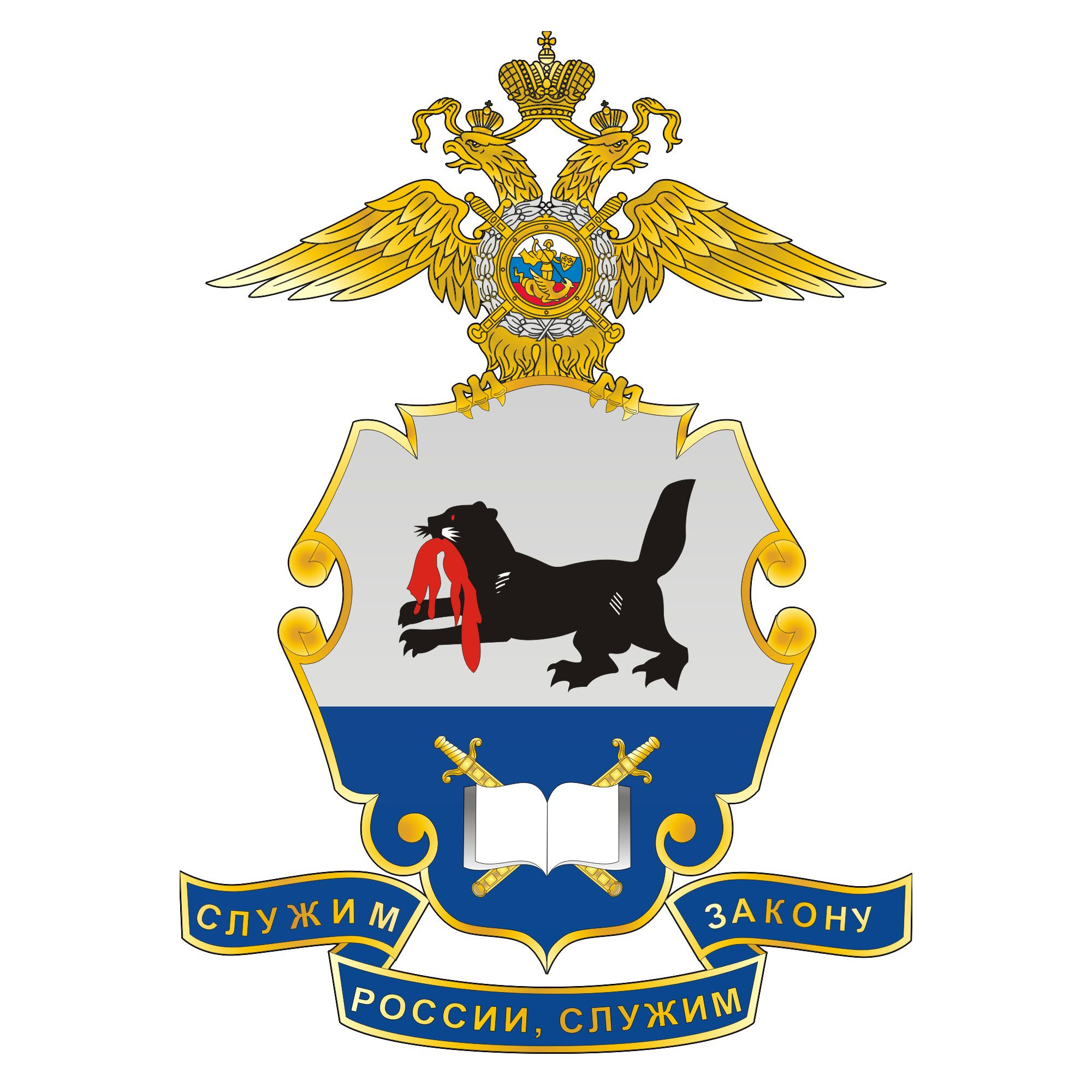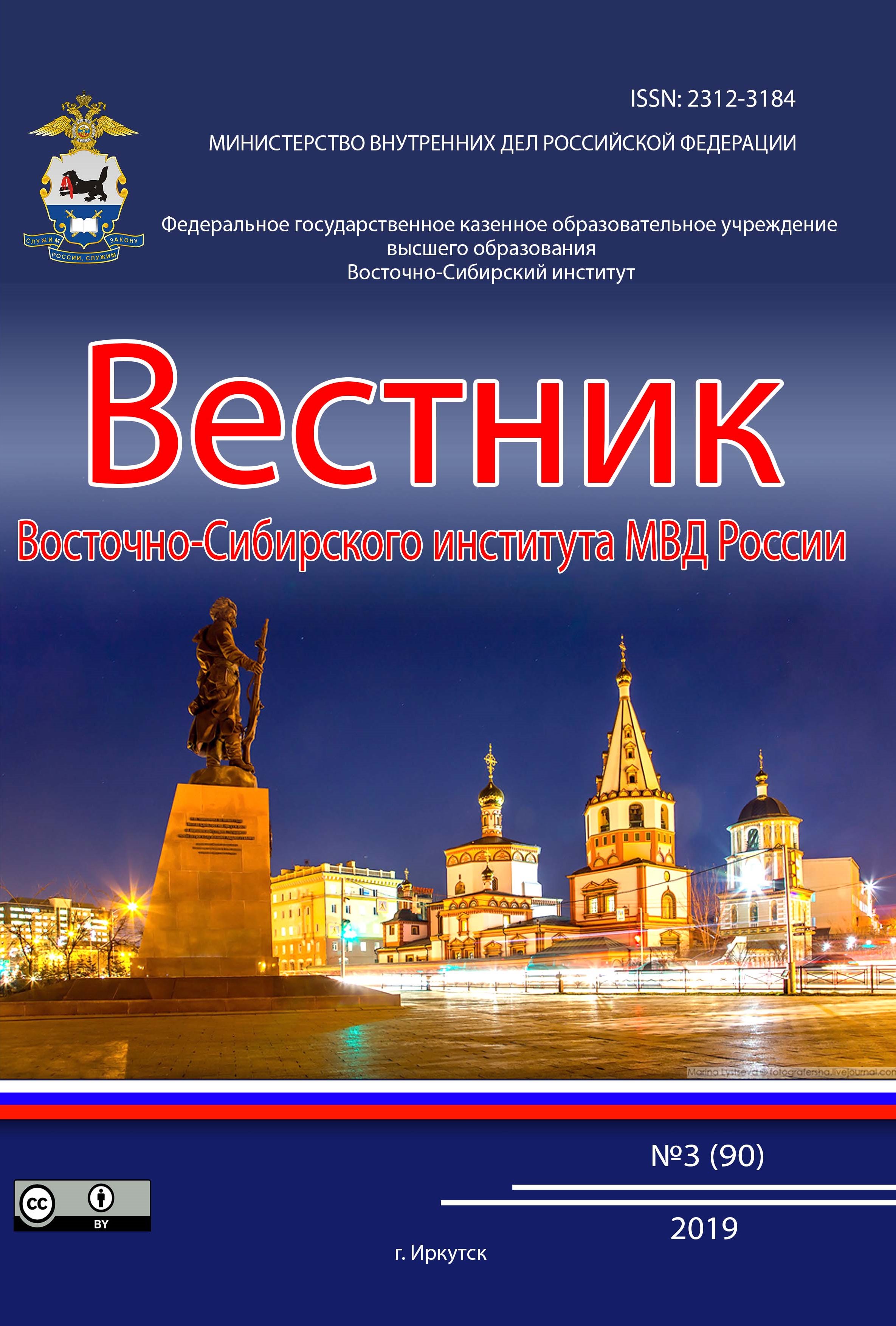East-Siberian Institute of the Ministry of Internal Affairs of the Russian Federation (Department of Information Technology, docent)
Irkutsk, Russian Federation
Irkutsk, Russian Federation
Introduction. The article notes that well-known studies do not provide unambiguous guidance on the choice of an observation interval for interval forecasting, limiting themselves to a general recommendation to take the length of the forecasting period, i.e., the period of removal of the predicted level in time from the end of the trend calculation base to no more than a third of the duration of the observation interval. The article examines the significance of the influence of the observation interval on the prediction error and the possibility of improving the accuracy of interval forecasting by selecting the optimal value of the observation interval. Materials and methods. The study is based on data on the state of crime in Russia and methods of mathematical statistics. The results of the study suggest an approach to the selection of the observation interval for criminological interval forecasting, based on calculations based on various models with a variable length of the observation interval, followed by the selection of a model variant suitable for forecasting according to the criterion of achieving a minimum forecast error. The proposed approach is implemented to solve the problem of short-term forecasting of the number of registered crimes in the Trans-Baikal Territory. The results obtained in the course of solving the problem indicate a significant influence of the length of the observation interval on the forecast error – for various trend models, a 3.3–3.6-fold change in the forecast error was noted in the observation interval from 3 to 14 years. Conclusions and conclusions. The length of the observation interval can have a significant impact on the forecast error, in some cases leading to a multiple change in its magnitude. The correct choice of the observation interval can significantly improve the accuracy of the interval forecast. It is recommended to select the length of the observation interval based on the results of trial calculations with a variable length of the observation interval, taking as the selection criterion the condition of achieving the minimum value of the forecast error.
criminological forecasting, interval forecasting, forecast error
1. Agamirov, K. V. Problems of legal forecasting: methodology, theory, practice : Monograph / K. V. Agamirov ; Under the scientific editorship of R.V. Shagieva. – Moscow : Yurkompanie, 2015. – 408 p.
2. Starkov, O. V. Criminology. General, Special and Special parts : textbook / O. V. Starkov. — 2nd ed. — St. Petersburg : Law Center Press, 2024. — 1048 p. — ISBN 978-5-94201-631-9. — Text : electronic // Digital educational resource IPR SMART : [website]. — URL: https://www.iprbookshop.ru/137020.html (date of request: 04.10.2024). — Access mode: for authorization. users.
3. Afanasyev, V. N. Time series analysis and forecasting : textbook / V. N. Afanasyev. — Saratov : AI Pi Ar Media, 2020. — 310 p. — ISBN 978-5-4497-0269-2. — Text : electronic // Digital educational resource IPR SMART : [website]. — URL: https://www.iprbookshop.ru/90196.html (date of application: 04.10.2024). — Access mode: for authorization. users.
4. Larina, T. N. Statistical study of the personnel potential of the regional labor market : monograph / T. N. Larina, I. N. Vygolova, L. V. Benkovskaya. — Orenburg : Orenburg State University, 2017. — 216 p. — ISBN 978-5-88838-999-7. — Text : electronic // Lan : electronic library system. — URL: https://e.lanbook.com/book/134510 (date of application: 07.10.2024). — Access mode: for authorization. users.
5. Bashina, O. E. A short course in the general theory of statistics : textbook / O. E. Bashina, G. V. Agentova, L. A. Davletshina; edited by O. E. Bashina. — Moscow : Moscow State University, 2020. — 263 p. — ISBN 978-5-907194-81-6. — Text : electronic // Lan : electronic library system. — URL: https://e.lanbook.com/book/403079 (date of application: 04.10.2024). — Access mode: for authorization. users.
6. Demenchenok, O. G. Criminological forecasting based on a trend with insufficient quality of description of the initial data / O. G. Demenchenok, S. A. Baranov // Bulletin of the East Siberian Institute of the Ministry of Internal Affairs of Russia. – 2024. – № 1(108). – Pp. 166-177.
7. Katargin, N. V. Time series analysis : textbook for universities / N. V. Katargin, E. A. Kachalina. — St. Petersburg : Lan, 2024. — 180 p. — ISBN 978-5-507-50162-5. — Text : electronic // Lan : electronic library system. — URL: https://e.lanbook.com/book/433307 (date of application: 07.10.2024). — Access mode: for authorization. users.
8. Nielsen, E. Practical analysis of time series: forecasting with statistics and machine learning.: Translated from English – St. Petersburg: Dialectics LLC, 2021. – 544 p.: ill.
9. Buchatskaya, V. V. Methodology for determining interval estimates in forecasting by extrapolation methods / V. V. Buchatskaya // Bulletin of the Adygea State University. Series 4: Natural, mathematical and Technical sciences. – 2012. – № 3(106). – Pp. 136-140.
10. Statistical modeling and forecasting [Electronic resource] : textbook. the manual / author-comp.: D. Y. Fraimovich, M. L. Bykova; Vladimir State University named after A. G. and N. G. Stoletov. – Vladimir : VlSU Publishing House, 2023. – 209 p. — URL: https://dspace.www1.vlsu.ru/bitstream/123456789/10798/1/02538.pdf (accessed 07.10.2024).











